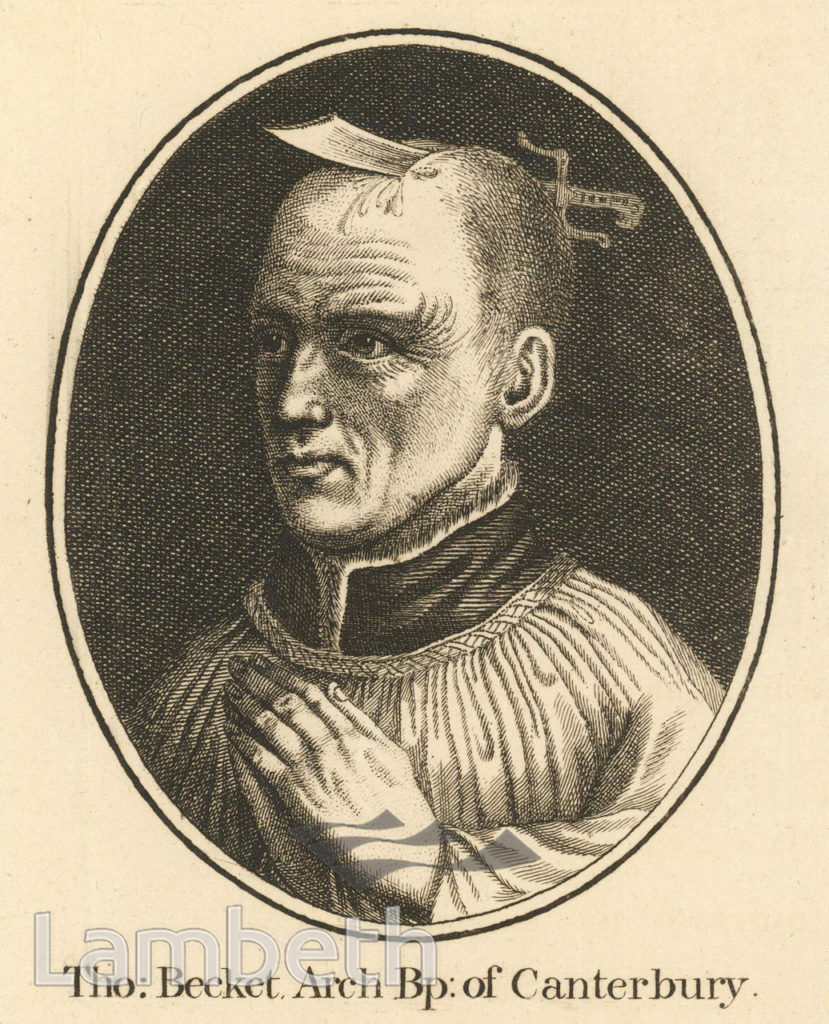The Archbishop of Canterbury, as the principal leader of the Church of England, occupies a pivotal role within Christianity, symbolizing unity and continuity of the faith. Yet, the residence of the Archbishop, known as Lambeth Palace, holds a multifaceted significance that extends beyond mere ceremonial functions. Situated on the banks of the River Thames in London, this historic edifice serves not only as a home but also as a venue steeped in over 800 years of ecclesiastical history. What challenges arise when one attempts to encapsulate the rich tapestry of a structure that has been both a sanctuary and a bastion of ecclesiastical power throughout the ages?
Lambeth Palace’s origins can be traced back to the 13th century when it was established as a residence for the Archbishops of Canterbury. Originally constructed as a defensive structure, it has witnessed a plethora of significant events—including political machinations, religious controversies, and the ebb and flow of social change. The Palace is not merely an architectural marvel; it embodies the trials and triumphs of the Christian faith in England. Each brick, each archway, bears witness to a narrative laden with deep spiritual implications.
Throughout the medieval period, Lambeth Palace operated under a veil of grandeur and authority. The residence allowed the Archbishop to preside over a sprawling diocese, acting as his administrative hub. Politically, it became a key venue for diplomacy, with many significant figures, including monarchs and foreign dignitaries, traversing its hallowed halls. This aspect poses an intriguing question for modern-day Christians: Does such historical intertwining of church and state detract from the spiritual mission of the church, or does it enhance its visibility and relevance?
The role of Lambeth Palace has evolved significantly over the centuries. During the Reformation, it became a center for theological discourse as the Church struggled to define its identity in a rapidly changing religious landscape. Figures like Thomas Becket—the Archbishop who famously clashed with King Henry II—haunt its corridors, their legacies giving rise to discussions about authority, martyrdom, and the essence of faith. In light of this legacy, one must consider: how should contemporary Christians navigate the complexities of authority within their own communities?
Architecturally, Lambeth Palace is a blend of styles, reflecting the various epochs it has traversed. From its crenellated walls to the opulent interiors, it encapsulates the aesthetic values of periods ranging from Tudor to Victorian. The Chapel at Lambeth Palace, in particular, evokes a sense of reverence with its stunning stained glass and intricate woodwork. The melding of artistry with spirituality challenges worshipers to reflect on the importance of beauty in their faith. Is the aesthetic experience crucial for spiritual engagement, or can it be seen as a mere embellishment? This question often elicits diverse opinions within the Christian community.
Moreover, the Palace has seen crises and challenges that have tested the resolve of its occupants. The English Civil War, for example, brought turmoil to the Church, forcing Archbishop William Laud into a position that ultimately led to his execution. Such upheavals offer critical insights into the resilience and adaptability of faith—attributes essential for any religious institution aiming to remain pertinent in an ever-evolving society. The reflections garnered from this historical tumult raise poignant inquiries: How do leaders maintain faith amid adversity? What role does the Church play in societal healing during times of crisis?
The modern-age Lambeth Palace continues to serve as more than just a residence. It functions as a pivotal center for dialogue, prayer, and theological reflection. The Lambeth Conferences, convened every ten years since 1867, gather Anglican bishops worldwide, allowing them to discuss pressing issues facing the Church and society. These gatherings exemplify the importance of unity within diversity, a founding tenet of Christian belief. However, the challenges of maintaining this unity remain significant, especially when confronted with divergent cultural perspectives. How can an institution steeped in tradition remain fluid enough to respond to contemporary moral questions without sacrificing its core tenets?
As the global landscape grows increasingly complex, the Palace’s role in bridging gaps becomes even more crucial. Initiatives aimed at interfaith dialogue and social justice continue to emerge from Lambeth Palace’s doors. Such activities invite Christians to consider how they can wield their faith as a force for good in the world. Difficult conversations about race, gender, and injustice must be addressed—can the Church be a vessel for transformative engagement without diluting its message of salvation?
In conclusion, Lambeth Palace is more than a mere residence; it is a vibrant symbol of the Church’s historical journey and its ongoing relevance. The significance of its architecture, historical narratives, and the spiritual challenges it poses invites a deeper exploration of faith in the modern context. Each aspect of Lambeth Palace raises questions that resonate with contemporary believers, pushing them to grapple with the complexities of faith and authority. The challenge lies in embodying a spirit of inquiry and adaptation while remaining steadfast in the essence of Christian teaching. Ultimately, Lambeth Palace stands not just as a monument to the past, but as a living testament to the potential for a dynamic and engaged Christian presence in the world today.



